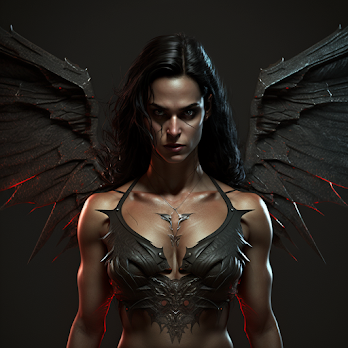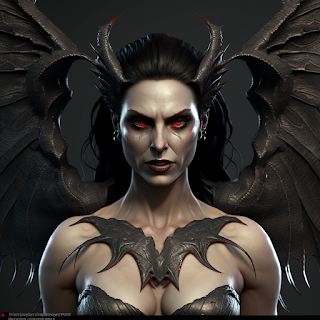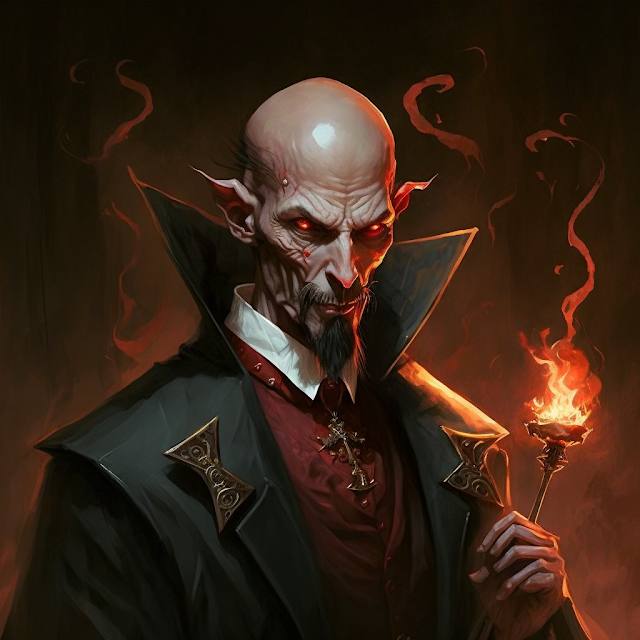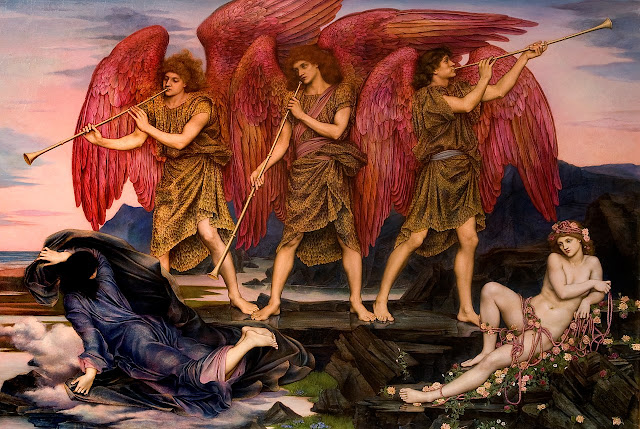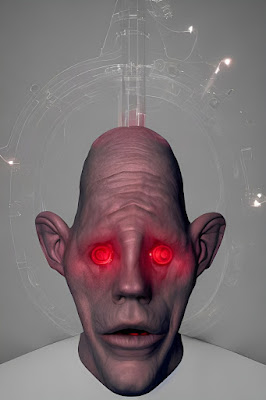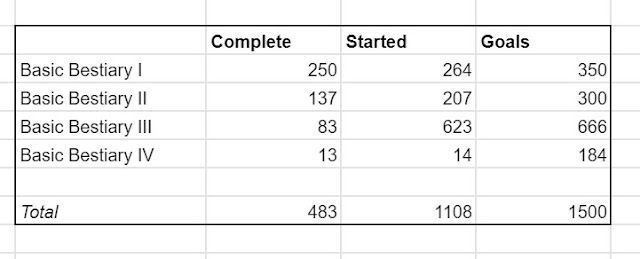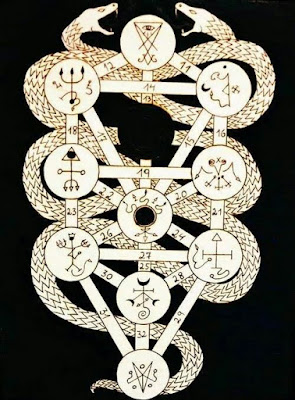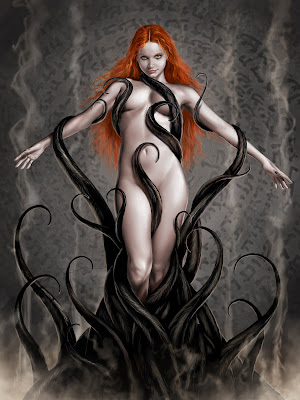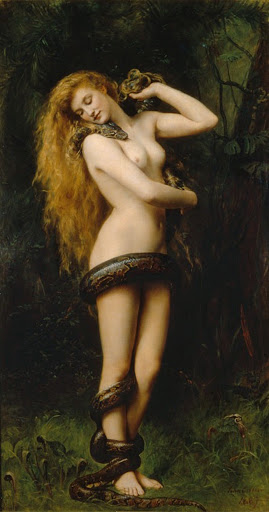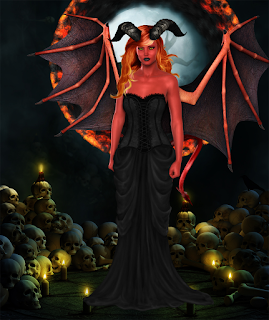Demon or Devil?
Since I am basing this on the "historical" Valac and not the movie Valak, I need to make some choices, and these are choices I have to make pretty much with any creature. The world doesn't fit into Gygaxian taxonomy.
Valac appears in The Lesser Key of Solomon, the demonologies of Thomas Rudd, the Pseudomonarchia Daemonum, Liber Officiorum Spirituum, and the Munich Manual of Demonic Magic. Quite the CV for him, really. In the Lesser Key, the Pseudomonarchia Daemonum and the Munich Manual of Demonic Magic, he is listed as a President of Hell. The Liber Officiorum Spirituum lists him under two different names, Coolor or Doolas, and Rudd calls him Valu.
My typical stance is that if the demon is named and found in one of these grimories, then I tend to think of them as a "devil." Given that Volac is also a President of Hell and has an angel archenemy, I am inclined to continue that thought. So, in Gygaxian (which we can pretend is also from Iggwilv) taxonomy, Valac is a Devil. In my classification, he is a Baalseraph.
Valac
Valac is described as having command over household spirits and serpents, which, in this case, I am going to say means poltergeists and other harmful ghosts and demonic spirits. So he is a devil who will summon and use demons.
DEVIL, VALAC (President of Hell)
Frequency: Very Rare
No. Appearing: 1 (unique)
Armor Class: –1
Move: 12” / 18” (flying)
Hit Dice: 13+13
% In Lair: 25%
Treasure Type: V (×2), Q (×10 gems), plus special
No. of Attacks: 3 (2 bites, 1 staff) or special
Damage/Attack: 2–12 / 2–12 / 1–8, or special
Special Attacks: Command serpents, summon spirits, cursed treasure, poison
Special Defenses: +1 or better weapon to hit, immunity to poison, half damage from fire, protection from good 10’ radius
Magic Resistance: 65%
Intelligence: Exceptional (15–16)
Alignment: Lawful Evil
Size: L (15’ tall, three-headed)
Psionic Ability: 170
-- Attack/Defense Modes: All / All
Level/XP Value: X/14,000+
Valac, also called Ualac, Volac, or Valak, is one of the Five Infernal Presidents who serve the Archdukes of Hell. He appears in his true form as a winged humanoid 15' tall and covered in scales. A child’s head rises from between two great dragon heads, borne aloft on scaled wings. He most often appears as an angelic child riding a two-headed dragon. These are seperate creatures, the child and the dragon are all one creature. His voice is gentle and coaxing, belying the cruelty within.
Valac commands serpents, both natural and monstrous, and exerts dominion over wandering household spirits, poltergeists, and harmful shades. These he calls from the Lower Planes or from the restless dead, unleashing them to plague the living. Unlike most devils, Valac traffics freely with demons, summoning them to fight in his name, though always bound by infernal compacts that assure his own mastery.
He is also known as a finder of hidden treasures, though every hoard he reveals is tainted, cursed with possession, bound to restless spirits, or poisoned by infernal enchantment. To accept Valac’s gifts is to welcome corruption into one’s home.
Valac avoids direct battle when he can, preferring to drown his enemies beneath waves of summoned serpents and spirits. In combat, each dragon head may bite for 2–12 damage, while the child’s form wields a staff of serpents (1–8 damage, plus poison save at –2).
- Summon Serpents: Once per turn, Valac may summon 1–4 giant serpents, 1 basilisk, or 1 hydra (50%) as if by gate.
- Summon Spirits: Once per day, he may summon 2–8 wraiths or 1–3 shadows to serve for 12 turns.
- Cursed Treasure: Any treasure he reveals carries a curse or haunting. Roll as per Book of Curses, or DM’s choice.
- Spell-like Abilities (at will): charm person, snake charm, invisibility, ESP, locate object.
- 3/day: true seeing, teleport without error, magic jar.
Valac’s cults are rare but feared, often operating in rural places where snakes are plentiful and tales of haunted houses spread quickly. His followers keep cursed relics and treasure-troves that spread corruption as surely as any plague.
Witches and warlocks who serve Valac gain serpentine familiars or restless household spirits, but their “blessings” always bear a hidden snare.



